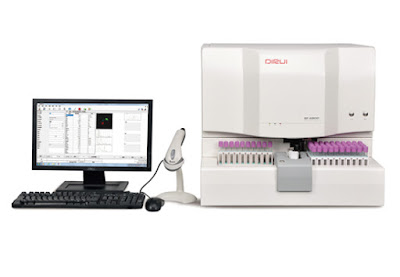"Dengue is the leading mosquito-borne viral illness infecting humans !"
Dengue is caused by infection with any of the four dengue virus serotypes. This review highlights the mechanisms underlying the clinical course of a dengue infection, which can range from mild febrile illness through to hemorrhagic fever and circulatory shock. It also outlines the epidemiology, pathogenesis, diagnosis and management of dengue infection.
Key phases of dengue infection
Dengue is a mosquito-borne disease caused by infection with dengue virus (DENV). Clinically, the disease can range from a mild febrile illness (previously called dengue fever) through to dengue with warning signs and severe dengue, which includes what were previously called dengue hemorrhagic fever (DHF) and dengue shock syndrome (DSS).
DENVs belong to the genus Flavivirus of the Flaviviridae family. The four serotypes are enveloped, spherical viral particles with a diameter of approximately 500 Å20. The genome of each serotype comprises approximately 11 kb of positive-sense, single-stranded RNA that encodes ten proteins. The three structural proteins encoded by the genome are the membrane (M) protein, envelope (E) protein and capsid (C) protein; the non-structural (NS) proteins are NS1, NS2A, NS2B, NS3, NS4A, NS4B and NS5.



























